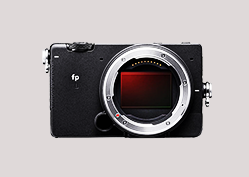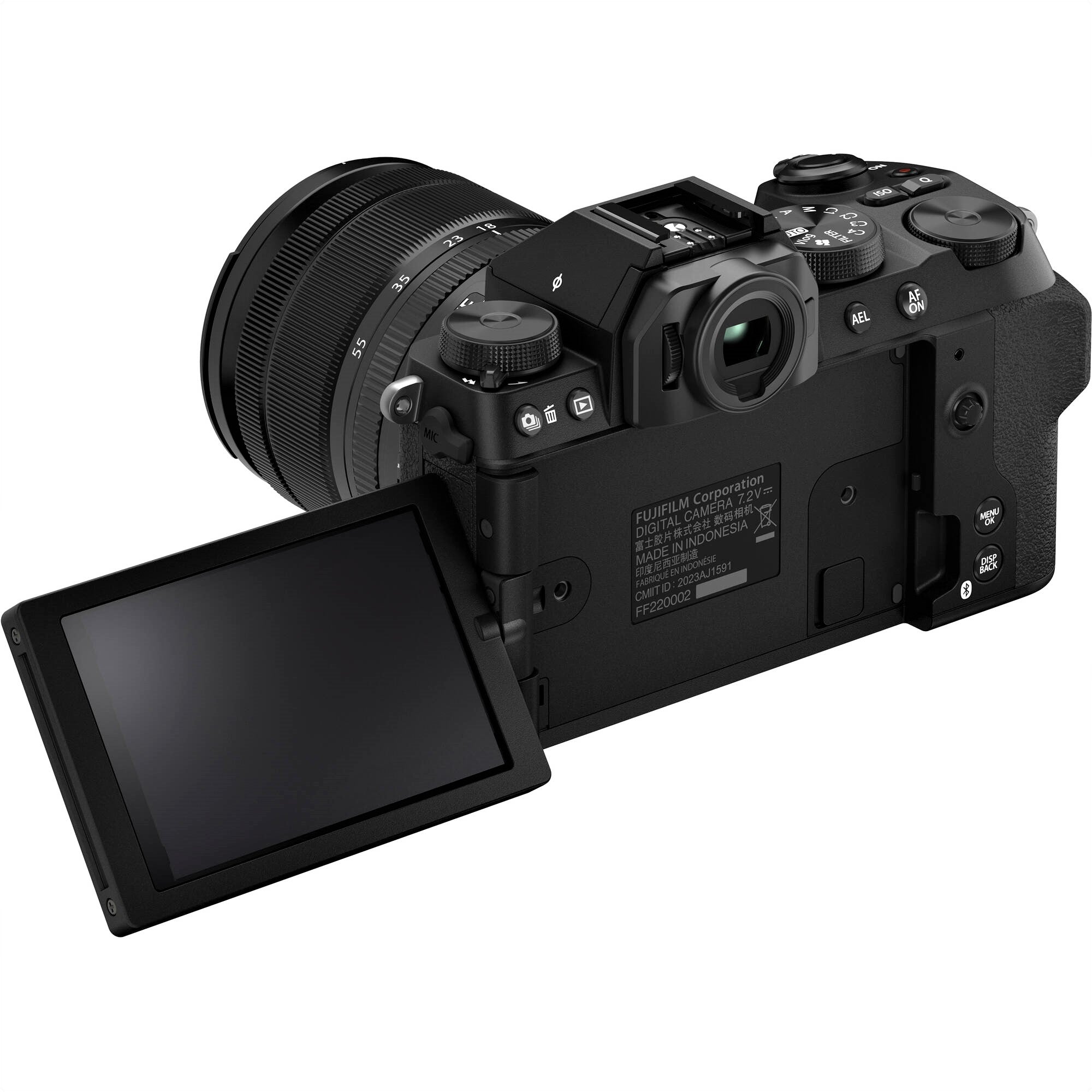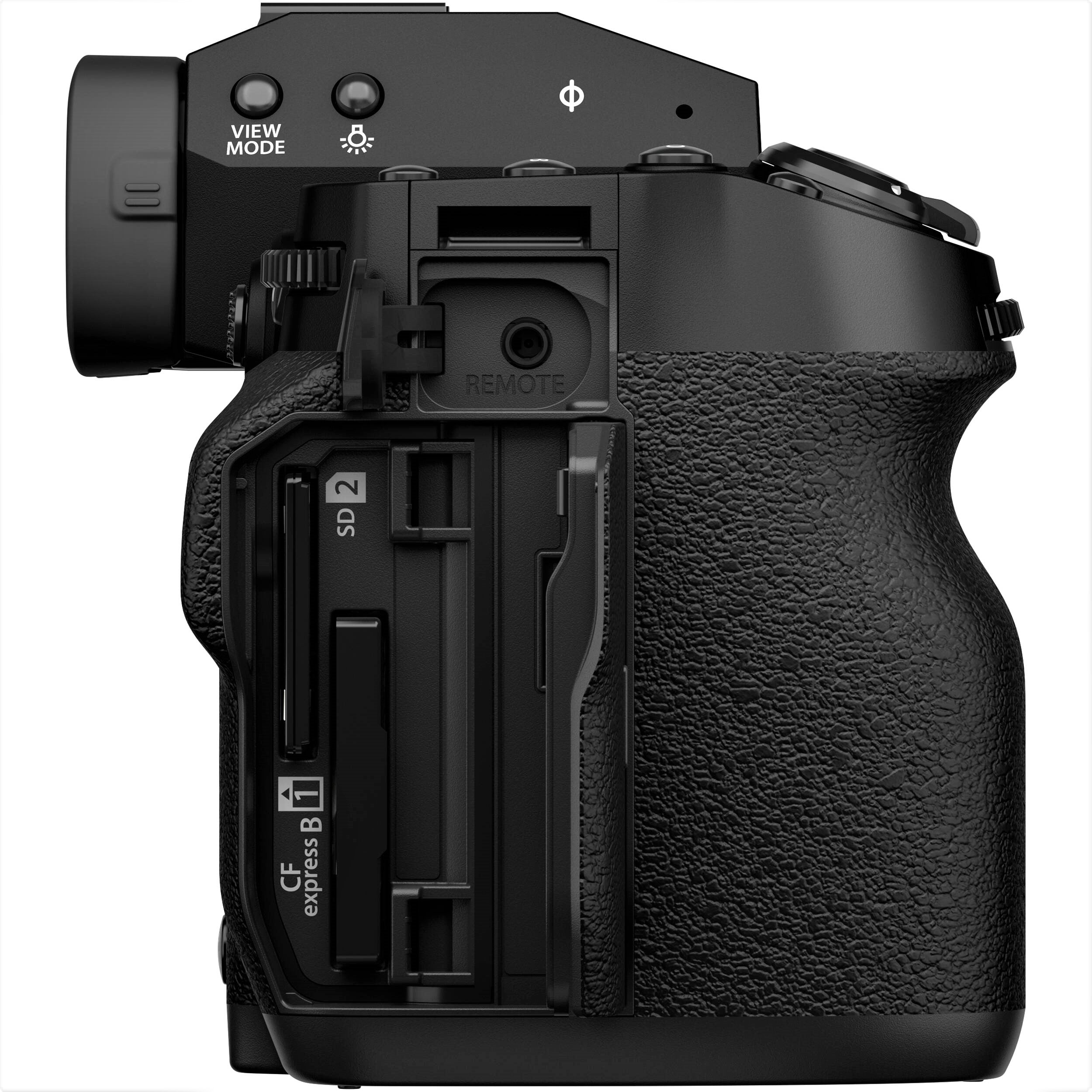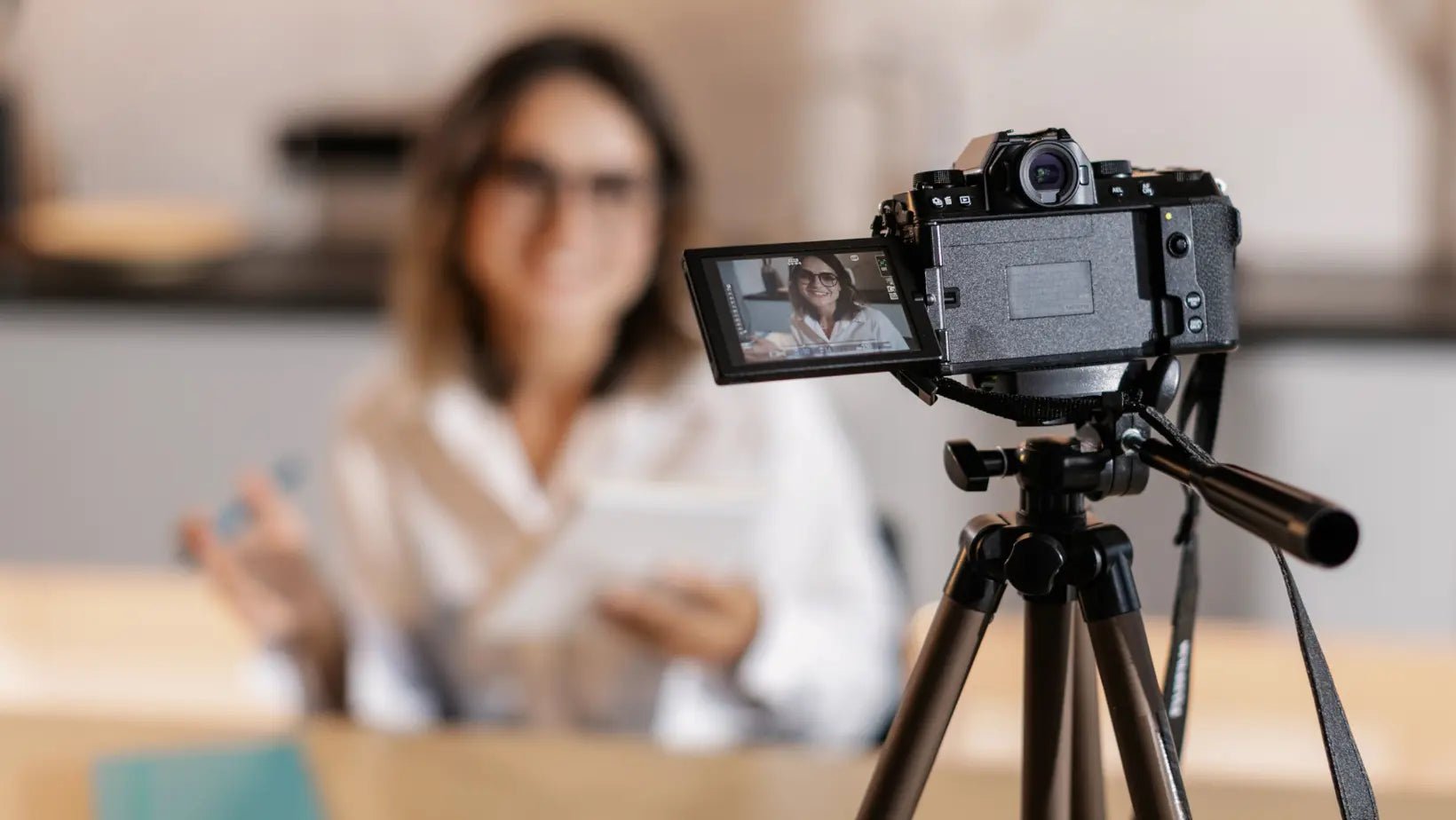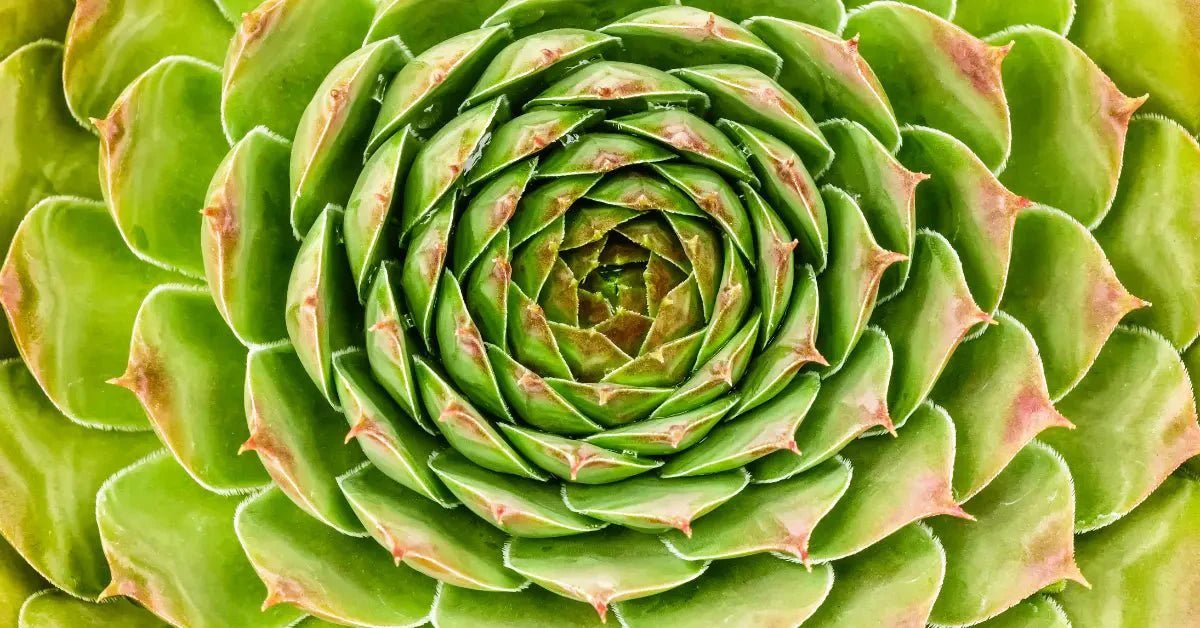The Essentials of Bird Photography: A Comprehensive Guide
Bird photography, or "birding" as it's affectionately known among enthusiasts, is a truly special slice of the photography world. It's way more than just snapping a picture of a bird. It's about capturing the very soul of these feathered creatures—their movements, their quirks, and how they interact with the world around them.
Imagine this: every beat of their wings, every song they sing, and every graceful dive is part of a larger story. And bird photographers? They're the storytellers, using their cameras to bring these tales to life.
What makes bird photography so mesmerizing is its sheer unpredictability. Birds are the epitome of freedom, acting on whims that can change in a heartbeat. This unpredictability is a double-edged sword, though. On one hand, it's a challenge—trying to guess a bird's next move can be a thrilling game of patience and reflexes. On the other, it's an incredible opportunity.
Capturing a fleeting moment that's here one second and gone the next? That's the magic of bird photography. It's about seizing those once-in-a-lifetime shots that perfectly encapsulate the spirit of these wild, beautiful creatures.
What is the Rule of Birds Photography?

In bird photography, just like in all kinds of photography, how you compose your shot really matters. Think of it as similar to the rule of thirds, which is all about creating a balanced and interesting photo.
But here's the twist: instead of putting the bird smack dab in the middle of your shot, try placing it a bit to the side. This simple shift makes your photo instantly more lively and engaging.
Doing this does something pretty cool—it lets your viewers not just admire the bird itself, but also get a peek into its world. It's like you're telling a story about what the bird is doing or where it lives. Plus, always remember to leave some extra space in the direction the bird is looking or heading.
This isn't just about giving the bird some 'personal space'; it's about adding a sense of movement or expectation to your photo, making it feel alive and dynamic.
What are the Best Settings for Bird Photography?
- Shutter Speed: For birds in flight, a fast shutter speed of 1/1000th of a second or faster is recommended to freeze motion.
- Aperture: A wide aperture (like f/5.6 or f/6.3) helps isolate the bird from its background, ensuring it stands out and captures attention.
- ISO: Start with a lower ISO (e.g., ISO 100 or 200) in bright conditions. Increase it in low-light scenarios, but be wary of noise.
- Focus Mode: Continuous autofocus (often labeled as AF-C or AI Servo) helps keep moving birds in sharp focus.
What is the Focus Point for Bird Photography?
When you're capturing birds through your lens, aim to make the bird's eye your main focus. Why? Because eyes are like gateways to the soul, brimming with emotion. A crisp, sharply focused eye not only pulls viewers right into your photo but also forges a deep bond between them and the feathered subject.
Now, when it comes to snapping shots of birds on the wing, keep your focus locked on the head or eye area. This little trick ensures your flying friends come out looking crystal clear, with every detail from the glint in their eye to the texture of their feathers beautifully captured.
How Do You Photograph Birds?
- Patience is Key: Birds are unpredictable. Spend time observing their behavior and wait for the right moment.
- Use a Tripod: This stabilizes your camera, especially when using long lenses, ensuring sharp images.
- Practice Panning: For birds in motion, move your camera in sync with the bird's movement, maintaining focus on the bird while blurring the background.
- Study Your Subject: Understand bird patterns, best times of day for activity, and their preferred habitats.
- Respect Nature: Always maintain a safe distance, ensuring you don't disturb their natural behavior or habitat.
The Best Cameras for Bird Photography
n bird photography, the talent and patience of the photographer are super important, but let's not forget about the gear. The camera and lenses you use can really make a big difference in how your photos turn out.
It's all about capturing those fleeting moments in the best light and detail, and having the right equipment can help you do just that. Here are two cameras that come highly recommended for birding:
Sigma 150-600mm f/5-6.3 DG DN OS Sports Lens

For those serious about bird photography, the Sigma 150-600mm f/5-6.3 DG DN OS Sports lens is a top contender. Its versatile focal length range is perfect for capturing both close-up portraits and distant shots of birds in flight.
With its fast autofocus, even in low-light conditions, and built-in optical image stabilization, this lens ensures sharp, detailed images. Moreover, its weather-sealing makes it a reliable companion for outdoor shoots.
However, if budget constraints are a concern, the Sigma 150-600mm f/5-6.3 DG OS HSM Contemporary lens is a worthy alternative. It offers similar image quality but lacks the weather-sealing and has a slightly slower autofocus system.
Fujifilm XF150-600mm f/5.6-8 R LM OIS WR Lens

Another excellent choice for birding enthusiasts is the Fujifilm XF150-600mm f/5.6-8 R LM OIS WR lens. Its long focal length range, combined with top-notch image quality and fast autofocus, makes it an ideal lens for capturing the beauty of birds.
The lens also boasts of optical image stabilization and weather-sealing, ensuring durability and performance.
For budding photographers or those on a tighter budget, the Fujifilm XF70-300mm f/4-5.6 R LM OIS WR lens is a commendable option. While it offers a shorter focal length range, it remains a competent lens for bird photography.
Conclusion: The Joy of Birding in Photography
Bird photography is a journey of discovery. It's about understanding the nuances of nature and appreciating the beauty of our feathered friends. As we conclude, it's essential to remember that while equipment plays a role, the heart of bird photography lies in the passion and patience of the photographer.
So, whether you're a pro or just starting, always let your love for birds and nature guide your shots.
Inspired to embark on your bird photography journey? Equip yourself with the best cameras and set out to capture the magic of the avian world.
Visit Nuzira to learn more!

